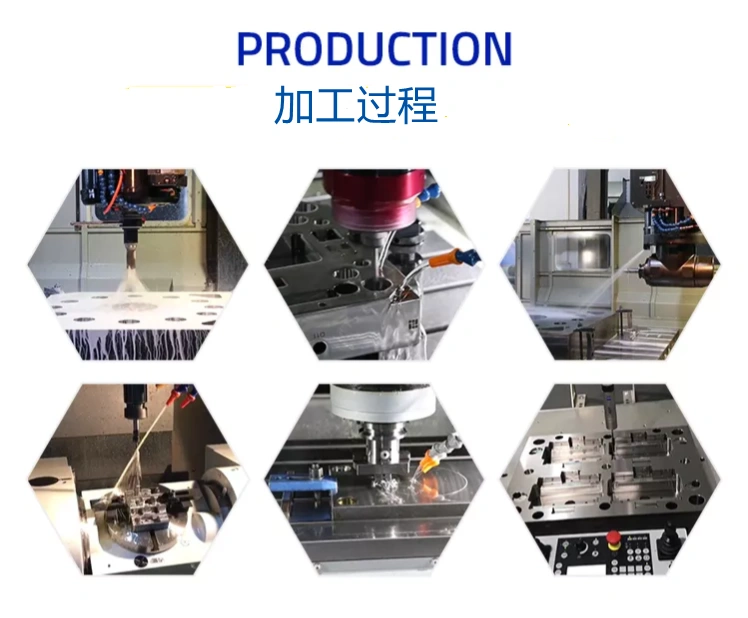
Mr. Chan
Leave a message
Mr. Chan
Leave a message(1) A polymer material with good mechanical properties, and chemical stability. More suitable for medical use.
(2) A rich source of polymer materials. Inexpensive disposable medical supplies are made to avoid traditional material products due to high prices.
They had to repeatedly use disinfection and problems caused by secondary infections.
(3) More easily modified plastics have been good tissue compatibility. Flood compatibility of products.
(4) Made of plastic low cost, suitable for a variety of molding methods. Ease of processing into complex shapes. And the development of new medical products.
The standards and limitations for the use of materials for medical applications are very stringent. The invention of various types of materials. With suitable properties and injection molding techniques. The possibilities of the use of plastic resins for medical applications have increased.
The following are the key considerations for selecting medical-grade plastic resins.
1. Strength: Depending on the type of medical equipment being considered.
2. FDA rules Are different for different medical devices (tubings, implants, surgical instruments, etc).
3. Thermal and Chemical resistance: Important aspects, considering medical sterilization needs.
4. Molding techniques: Different plastic resins can be selected depending on the molding technique being used- injection molding or insert molding.
5. Operating conditions: Includes factors like corrosion resistance, temperature, strength, flexibility, radiation exposure, etc present while the device is used.
(1) Since most toxic monomers and oligomers. Medical plastics are strictly limited to the residual of the foregoing.
(2) Plastic molding in the polymerization process inevitably comes into contact with the reactor, metal catalysts. Which often contain trace metal ions, according to the medical plastics GB. The requirement for zinc, lead, cadmium, copper, barium, tin. Other metal ions residual cases are clearly defined.
(3) Requirements for medical plastics molding with high purity. Narrow molecular weight distribution.
(4) Chinese plastic molding processing or modified in the process need to add various additives. Such as the amount of plasticizer in PVC medical products often as high as 30-60%. Thus required to maximize the use of toxic chemicals. To prevent long-term use or reduce the precipitation of additives to affect product performance and treatment.
(5) In accordance with the requirements of medical plastic. We often need to make products with surface hydrophilicity. Anti-radiation sterilization, and other functions.

Privacy statement: Your privacy is very important to Us. Our company promises not to disclose your personal information to any external company with out your explicit permission.